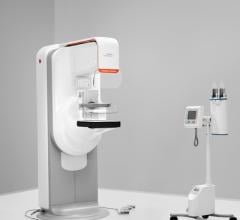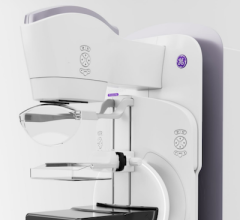Over the last 30 years, the mortality rate associated with ovarian cancer has only slightly decreased despite multiple efforts aimed at developing an effective method for its early detection, such as transvaginal ultrasound to visualize ovaries, measuring CA-125 levels and evaluating protein tumor-marker panels. In the U.S., approximately 16,210 women die from ovarian cancer every year and nearly 23,400 women are diagnosed annually, rendering it the most deadly gynecological disease.
The high death rate is attributable to the fact that 75 percent of diagnoses are made after the cancer has metastasized to other organs. Most women are diagnosed with advanced stage III or IV disease, and only 15 percent of these women survive for five years. Women who are diagnosed with stage I or II ovarian cancer have a 94 percent chance of a five-year survival. Clearly, establishing effective detection, staging and treatment methods are essential to combating this disease.
Despite the low success rate of early detection, researchers are optimistic that they will be able to reduce mortality rates using optical imaging in resecting tumors. Many times during debulking, small tumor implants are not detected in the peritoneal cavity and mesentery. The ability to accurately locate small tumor microfoci during surgery could improve tumor resection, which would better prevent intraperitoneal metastases. Avidin-FITC, a fluorescent imaging agent that binds to proteins expressed on the surface of many cancer cells, has been evaluated for its efficacy in allowing visualization of submillimeter tumor implants.
Image-guided conventional fluorescent imaging using the Maestro In Vivo Imaging System and the FLA-5100 from Fuji visualize implants as small as 0.3 mm. Once in-vivo fluorescent images were visualized with Maestro, in order to validate the size and tumor type of the in vivo images detected, the implants visualized were excised and examined using Fuji’s FLA-5100, which confirmed the size and tumor type. The test also showed that multiple lesions, all containing cancer cells, were visualized in vivo as small as 0.3 mm and the minimum detectable size was 0.1 mm. There were no false positives. Researchers expect that with optimal tumor resection, patients will respond more favorably to adjuvant therapies.
Feature | January 22, 2007 | Amy Ballard, MEd
Fluorescent imaging illuminates as little as 0.3 mm.
© Copyright Wainscot Media. All Rights Reserved.
Subscribe Now


 December 04, 2025
December 04, 2025 








